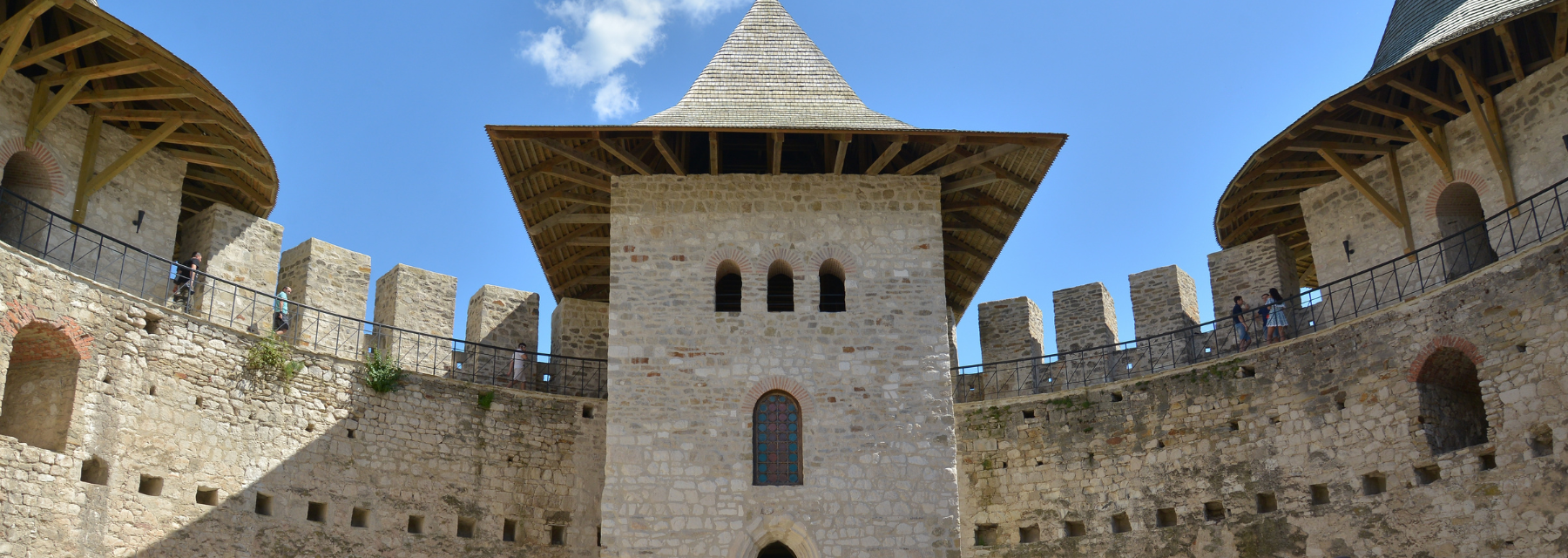

Soroca Fortress
- Language: Russian , Romanian
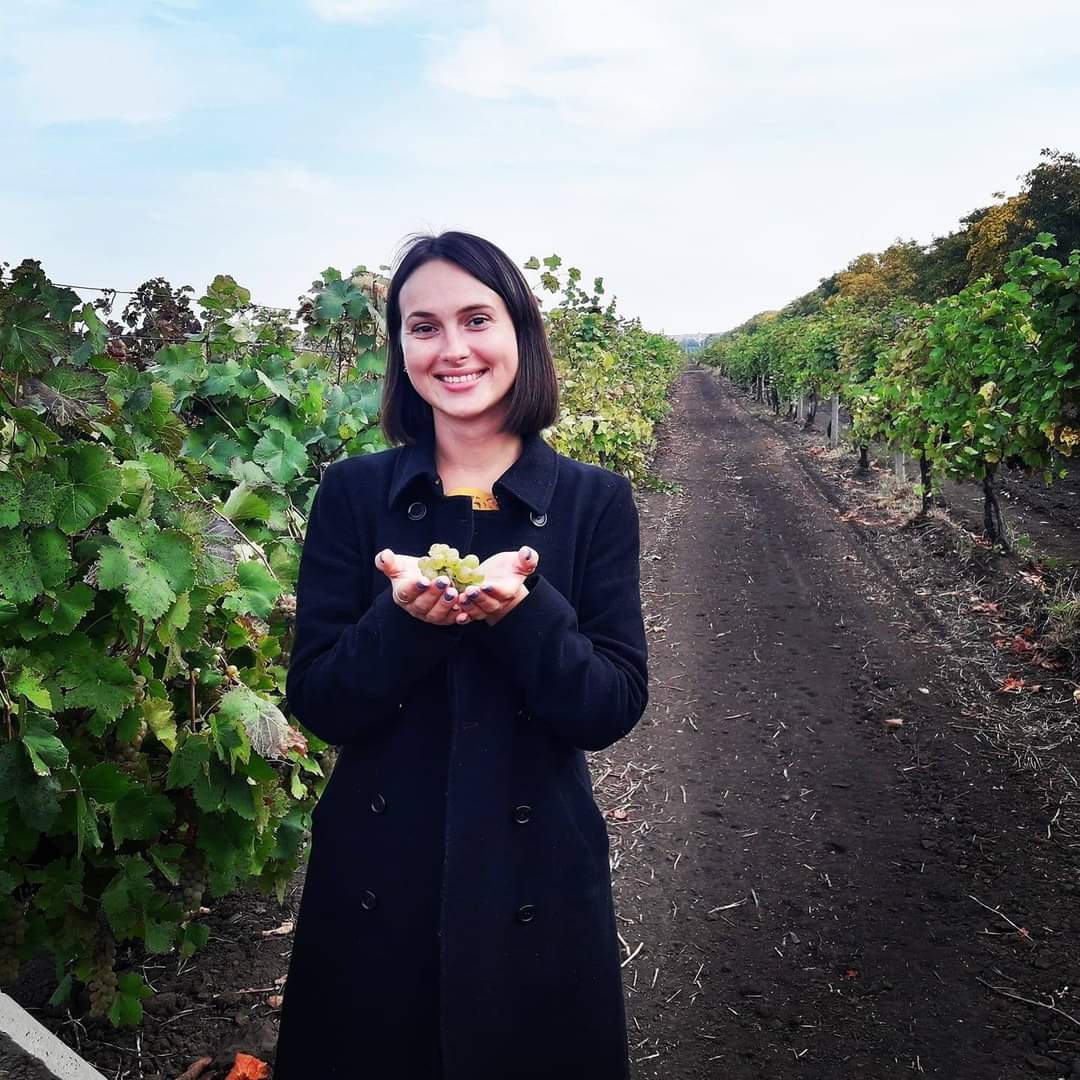
Soroca Fortress
- Language:
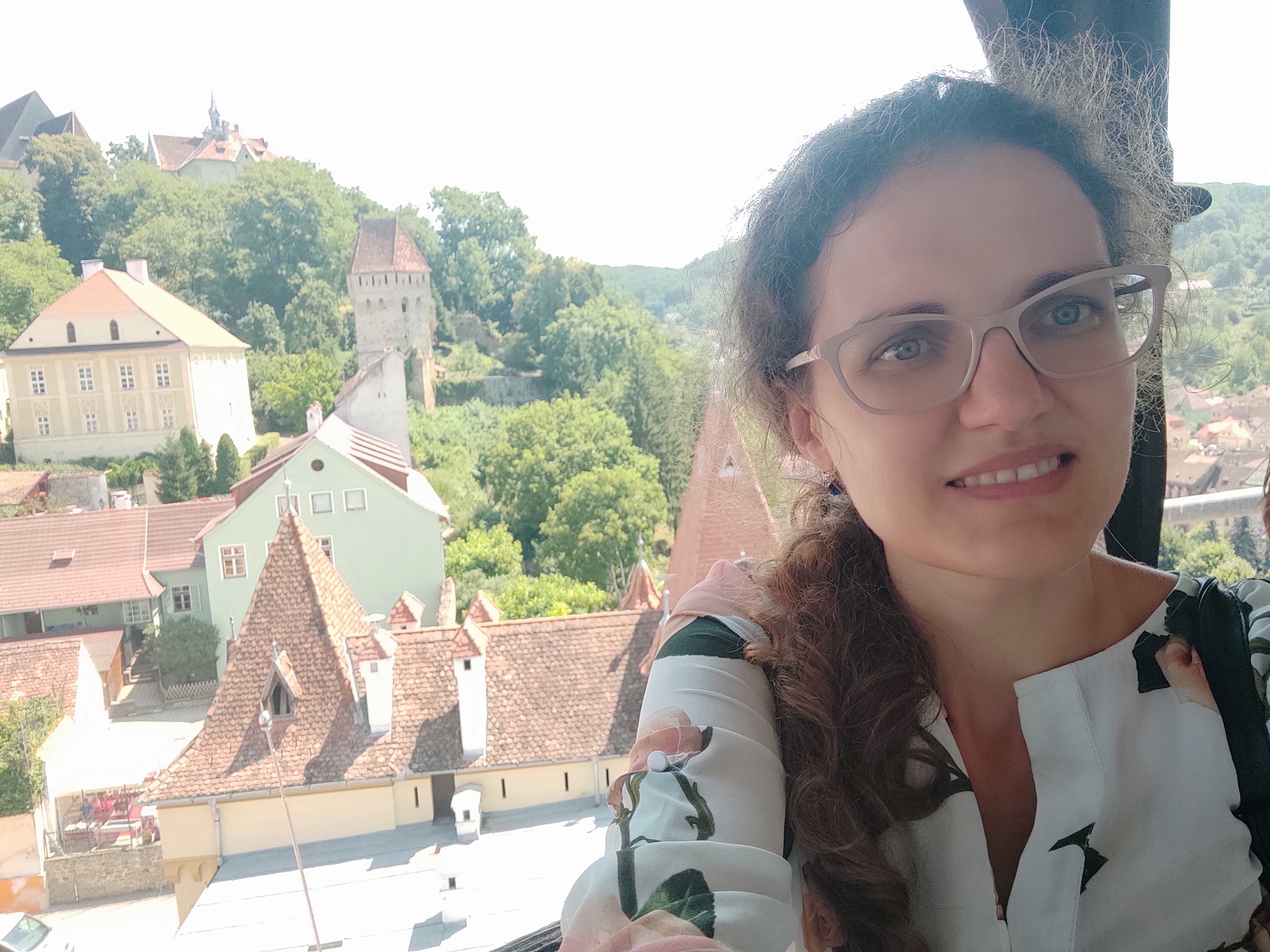
Soroca Fortress
- Language: Russian , Romanian

Soroca Fortress
- Language: English , Spanish , Italian , Romanian

Soroca Fortress
- Language: Russian , English , Spanish , Romanian , Italian , Spanish

Soroca Fortress
- Language: English , Romanian
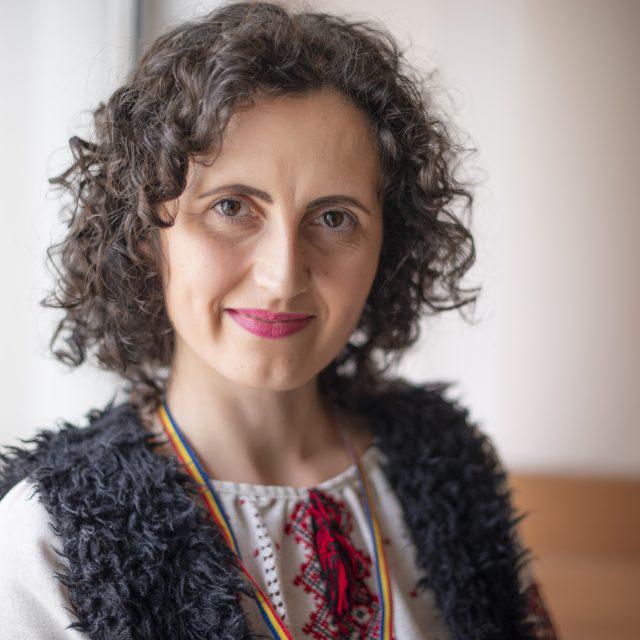
Soroca Fortress
- Language: Russian , English , Romanian , Italian
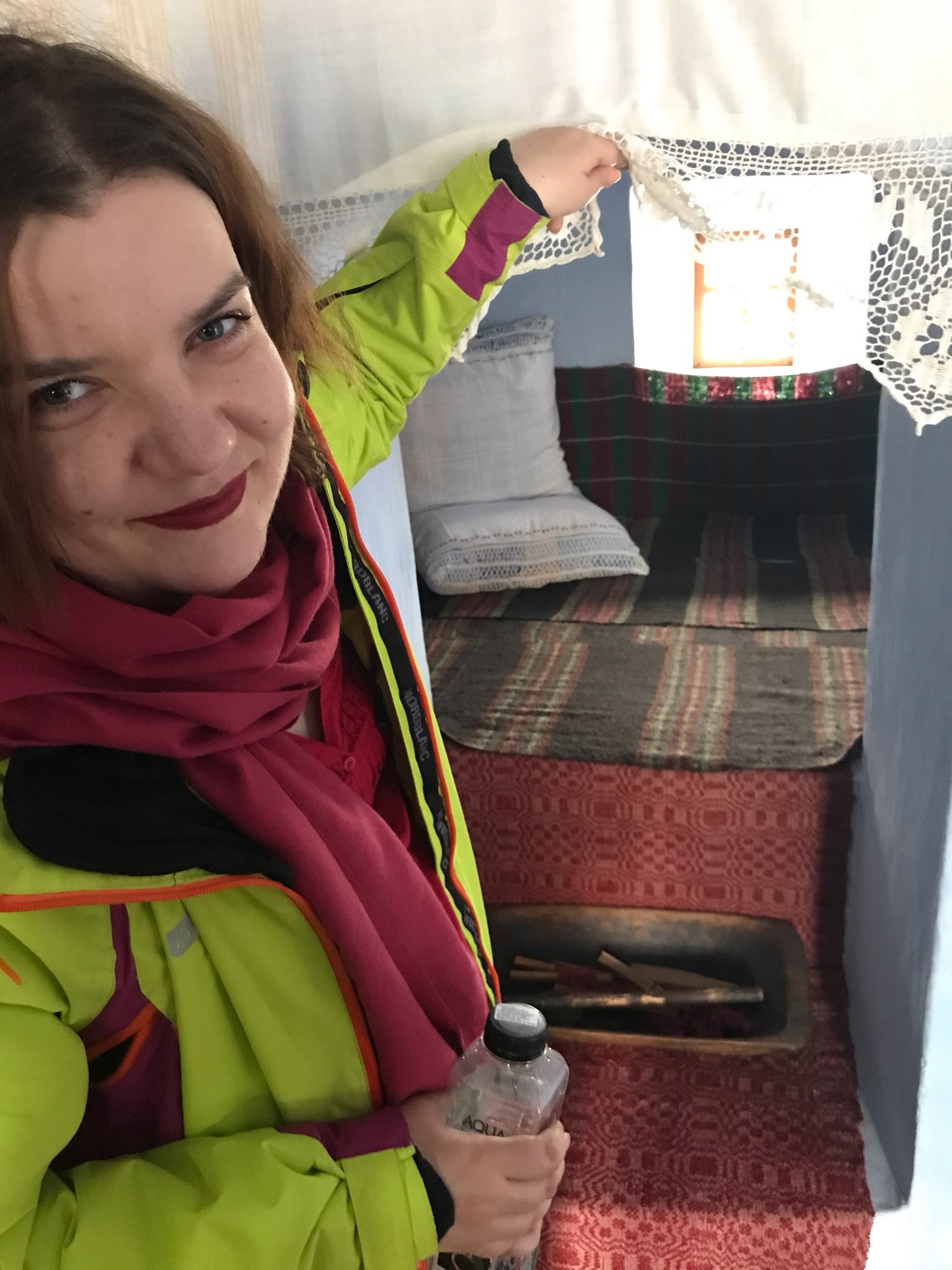
Soroca Fortress
- Language: Russian , English , Romanian , French

Soroca Fortress
- Language: English
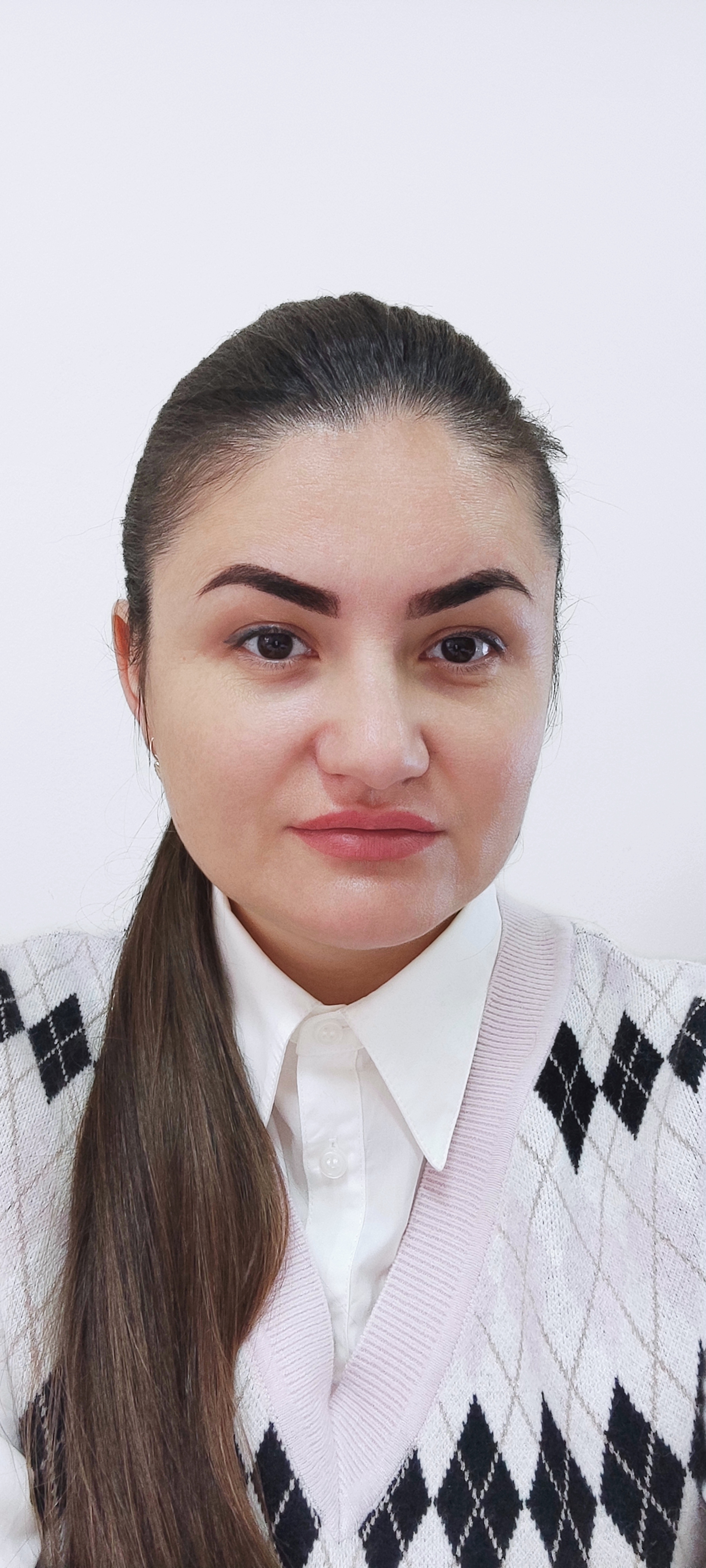
Soroca Fortress
- Language: Romanian , Russian , French
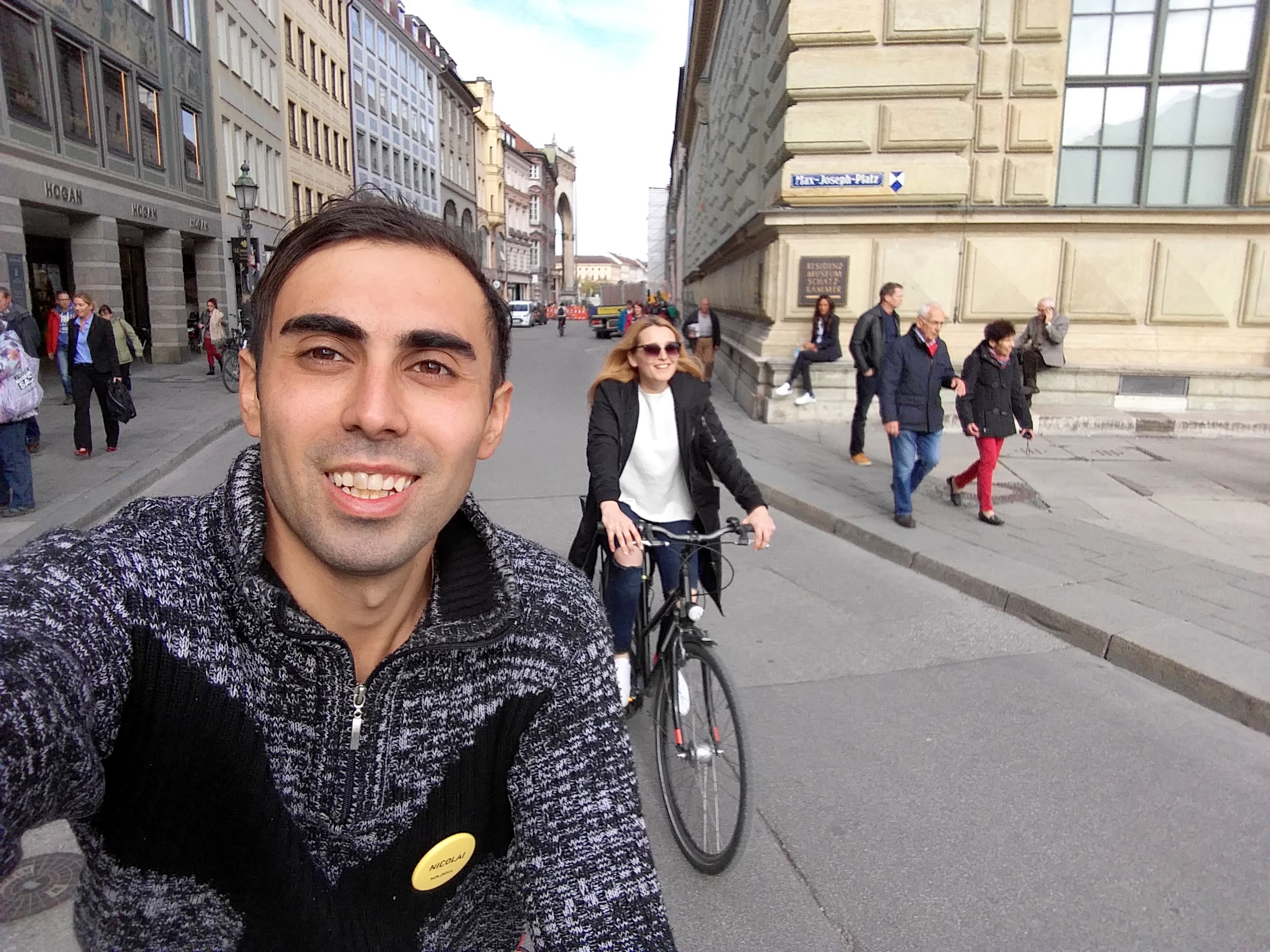
Soroca Fortress
- Language: Russian , English , Romanian
Soroca Fortress
- Language: Russian , English , Romanian

Soroca Fortress
- Language: English , Romanian

Soroca Fortress
- Language: Russian , English , Turkish

Soroca Fortress
- Language: Russian , English , Romanian
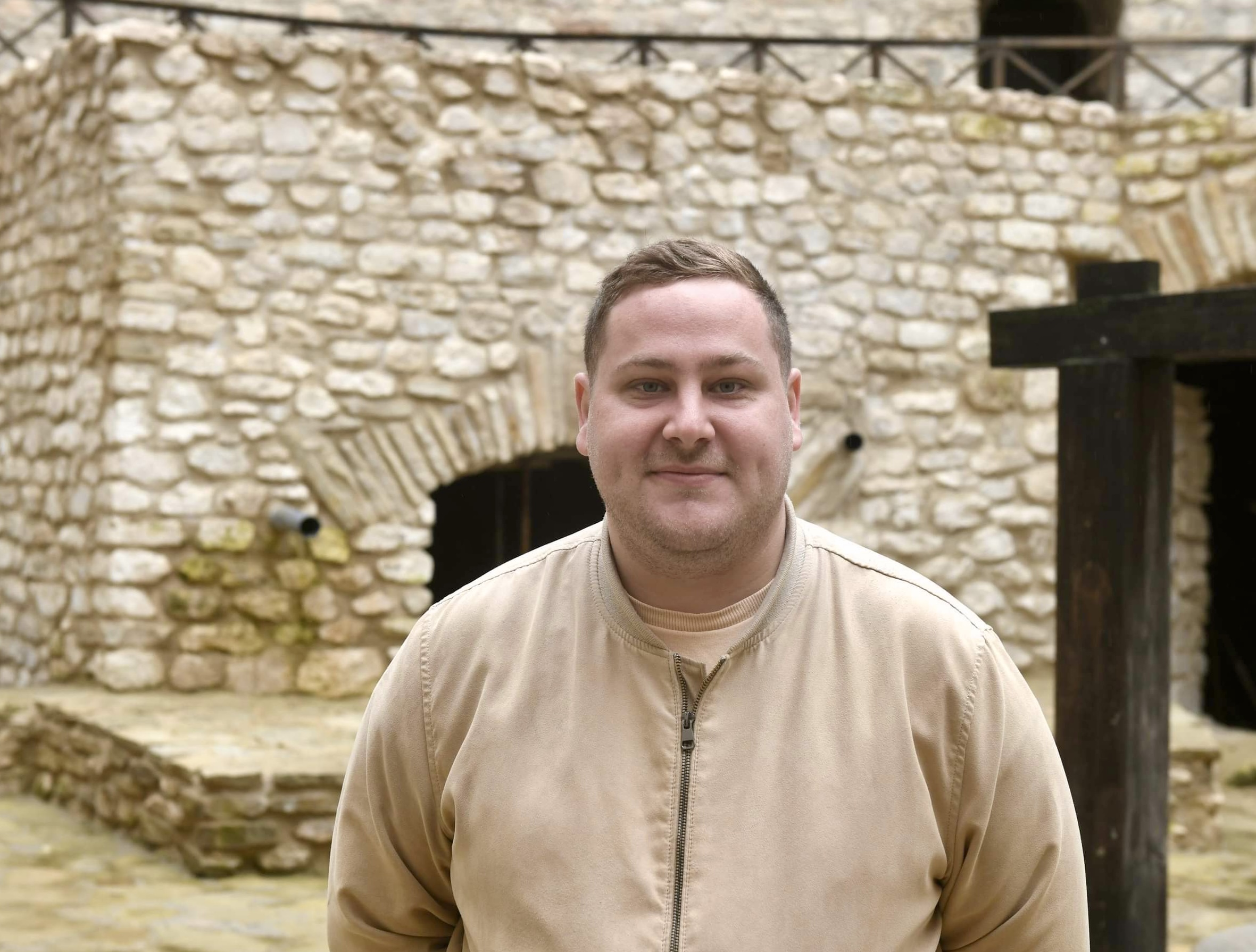
Soroca Fortress
- Language: Russian , English , Romanian

Soroca Fortress
- Language: Russian , English , Romanian
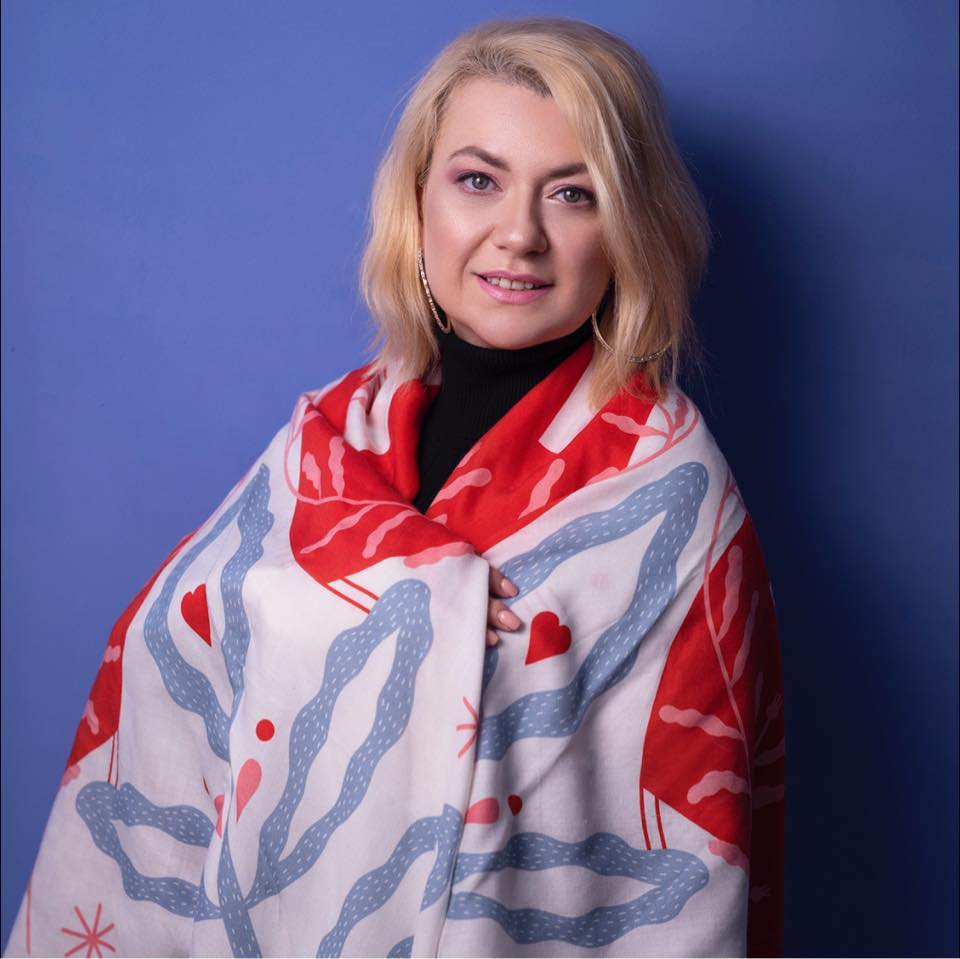
Soroca Fortress
- Language: English , German
Soroca Fortress is a Moldavian fortress dating from the 15th century, built during the reign of Petru Vodă and meant to guard the country's border - the Dniester River, from the Tartar troops. The Sorocii fortress also served as a customs point for merchants, and although it was besieged several times throughout history, it was never conquered by enemies.
Of the 7 border fortresses on the Dniester, the Soroca Fortress is a very special one. It differs in its shape - a circle with a concentric defense system. The circular plan has a diameter of 37.5 meters, four circular towers and a rectangular plan access tower, all located at equal distances. In this way, the fortress has no blind spots, which could have hidden enemy soldiers.
The most popular legend about the Soroca Fortress says that during a long siege by the Tartars, a white stork would have brought grapes to the hungry and thirsty defenders of the fortress, thus saving their lives and giving them victory. The grapes being associated with the blood of the Savior, reference is made to the victory obtained through faith. By the way, we can find that stork on the coat of arms of today's city.
Another legend tells us about the existence of an underground tunnel from the fortress fountain, under the Dniester, to the other bank. However, research has not detected such a tunnel yet.
In the Citadel there is also a permanent exhibition, the most precious exhibit being the replica of the sword of Stephen the Great.








